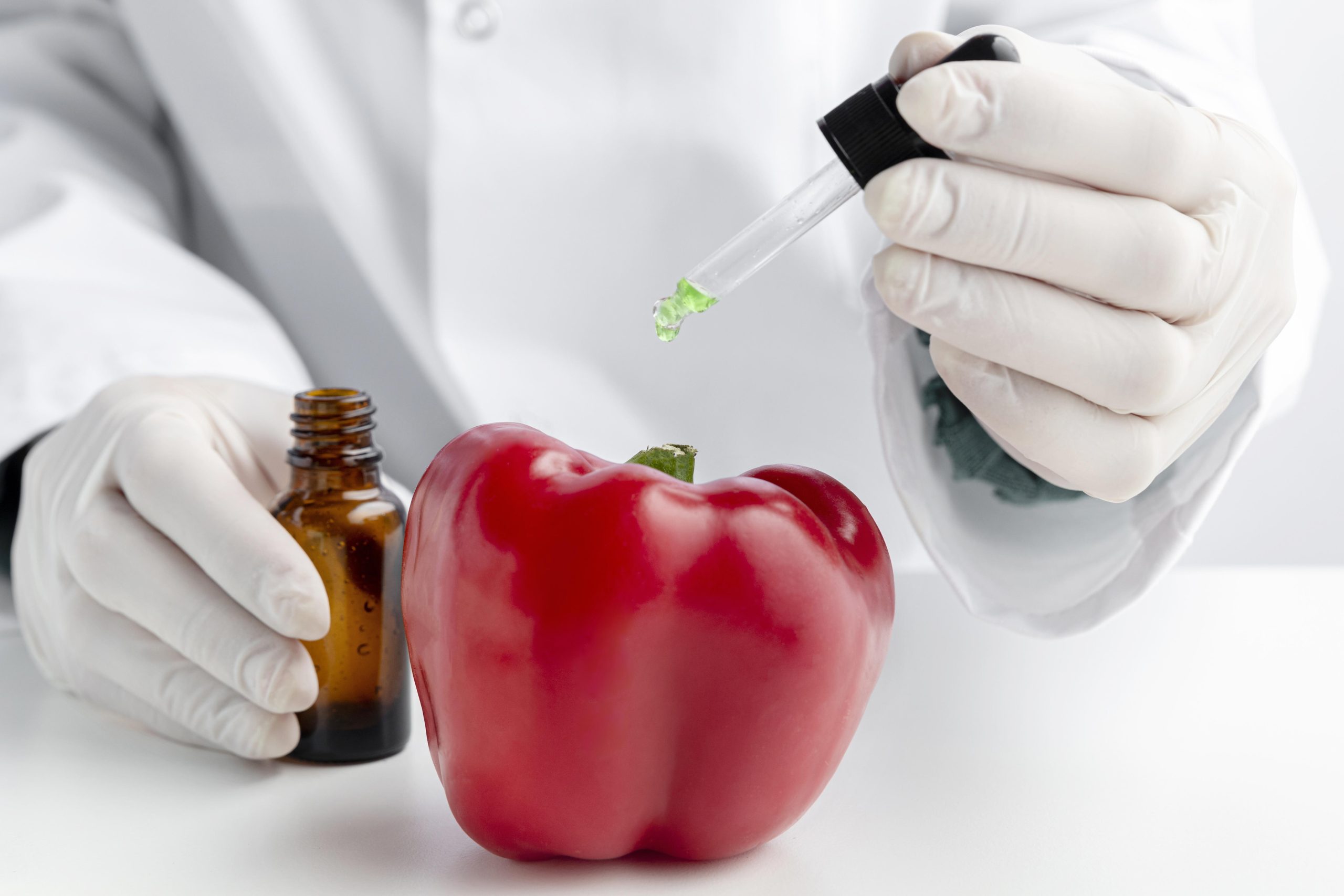Introduction
Chilli is a crop of very high importance and relevance to present-day farmers all across the globe. However, anthracnose type of disease can be damaging chilli plants and poses a problem for the farmer to cultivate in adequate quantities. It causes fruit rot, leaf spots, and damage to stems, thus affecting the way the plant grows. Colletotrichum capsici is the most common fungus responsible for causing anthracnose in India. It can destroy and reduce the yield of chilies produced and it also affects its quality.
Symptoms of Anthracnose in Chillies
Anthracnose can infect various plant parts, including its leaves, stems, and fruits. It attacks young and mature fruits on the chilies. Here’s a rundown of what happens if the plant gets infected:
1.Dieback Phase in Chilli Plants:
In this phase, the chilli plant starts to weaken from the tips of its branches. How it works:
- Starts at the Tips: The disease starts at the very ends of the plant’s branches. The tips start drying up and turning brown.
- Spreads Downward: As the infection advances, it begins to move along the shoot from the shoot’s tip down its length, killing progressively more of the shoot.
- Progressive Death: Eventually, if untreated, the entire shoot will be killed. This can severely weaken the plant and destroy the quality of the healthy chillies produced by the plant.
2.Fruit Rot Phase in Chili Plants:
- Water-soaked Lesions: They initially appear as tiny, water-soaked lesions on the surface of the chilli. The lesions appear wet and dark.
- Necrotic Tissue: It eventually becomes necrotic tissue, which is dry, dead, and sunken.
- Concentric Rings: As the disease progresses, the spots on the chilli develop concentric rings or circles within circles.
- Acervuli Forming: Tiny black pinhead-sized dots are seen consisting of spore-producing structures that begin to form in the infected areas. These are termed acervuli.
- Shrinks and Dries: In the final stages of infection, the fruit becomes shrivelled up and withered, then dries entirely.
In both stages, the disease severely impacts the chilli crop. Which causes harm to its twigs and fruits, leading to lesser quality and production of the crops.
Loss of Quality and Yield Due to Anthracnose in Chillies
Infected chilies due to anthracnose will decay and make them impossible to sell. This situation presents a great problem to farmers since it means the money, they made is lost, and what reaches the market is of a lower quality than required. India was long a leader in chilli production, but its production has declined drastically, placing it now only third in the world.
Anthracnose causes up to 29.5% yearly loss in the production of chilli crops in India, valued at about $491.67 million. In India, it could cause up to 10-54% loss in chilli yields. Similar losses are reported in other countries such as Vietnam, which has ranged between 20-80%, and in Korea, an estimated loss of up to 10%. These losses are realised by the fact that the disease impacts chilies before and after harvesting reducing the amount that can be sold.
How to Manage Anthracnose Disease in Chillies
To manage Anthracnose in Chillies it would be futile to have a single method of control that works flawlessly on its own, so, several control methods are incorporated together to manage the disease and protect the plants. Here is the breakdown:
1.Chemical Management: Chemical control Fungicides are chemicals that destroy the fungus or its growth. They include, among others, Dithane M22, which is older, and newer ones like ROKO FLO, ROKO MAN and Decimer were applied to control anthracnose. However, you must not rely on one or two chemicals for its control. This is because pathogens can resist the repeated use of the same chemical for a long time.
2.Use of resistant cultivators: Scientists have cultivated chilli that has robust genotypes to defend against the disease. Many chilli varieties like Bhut Jolokia and Punjab Lal carry natural resistance against anthracnose disease, and scientists are experimenting with ways to introduce such resistant plants. Use of disease-free seeds is important in preventing the disease. Seed treatment with Thiram or Captan 4g/kg is found to be -effective in eliminating the seed-borne inoculum.
3.Physical Control: Farmers can space the plants so that they are not too thick. That way, one prevents moisture from gathering in those areas, and it will not allow the fungus to spread freely. One also uses clean, disease-free seeds.
4.Crop Rotation: Sometimes farmers may substitute the type of crops they plant on that farm after some time to deny the fungus the opportunity of reproduction. For example, planting crops which do not result in infection by Colletotrichum fungus ensures that the cycle of disease would not be continued.
5.Bio control: Pseudomonas fluorescens for friendly bacteria and Trichoderma for friendly fungi which attacks and controls the disease with no harmful chemicals.
In a nutshell, managing anthracnose include fungicide application, growing resistant plants, plant spacing, crop rotation, and beneficial fungi for guarding chilli crops against this highly debilitating disease.
Best molecules to control Anthracnose on Chilli
To control anthracnose on chilli plants, which is mainly caused by the fungus Colletotrichum spp., fungicides and natural products with effective work can be used. Some of the best molecules and products to handle this disease are listed below:
1.Fungicides: Available fungicides are a ROKO FLO – Thiophanate Methyl 41.7SC and ROKO MAN – Thiophanate Methyl + Mancozeb, among others. These have been shown to be highly effective in controlling anthracnose. In fact, one of the best treatments. Other options available include fungicides such as Azoxystrobin + Difenconazole, which are also commonly used.
2.Biological Agents: Biological control by species such as Trichoderma viride and Trichoderma harzianum has also been studied. These agents can be used for controlling dieback and fruit rot diseases, though their efficacy is usually generally lower than chemical fungicides.
Conclusion
Although most of the methods can be used to control the attacks of anthracnose on chilli plants, it is still a serious issue for most of the farmers. Applying a mix of chemical and natural methods will help in keeping the plants healthy with good quality chilies, so the farmers can have a better harvest and avoid losing money because of the disease. Farmers can consider using Biostadt‘s range of agricultural solutions, which offer effective and sustainable options for managing anthracnose and ensuring a productive chilli crop.




